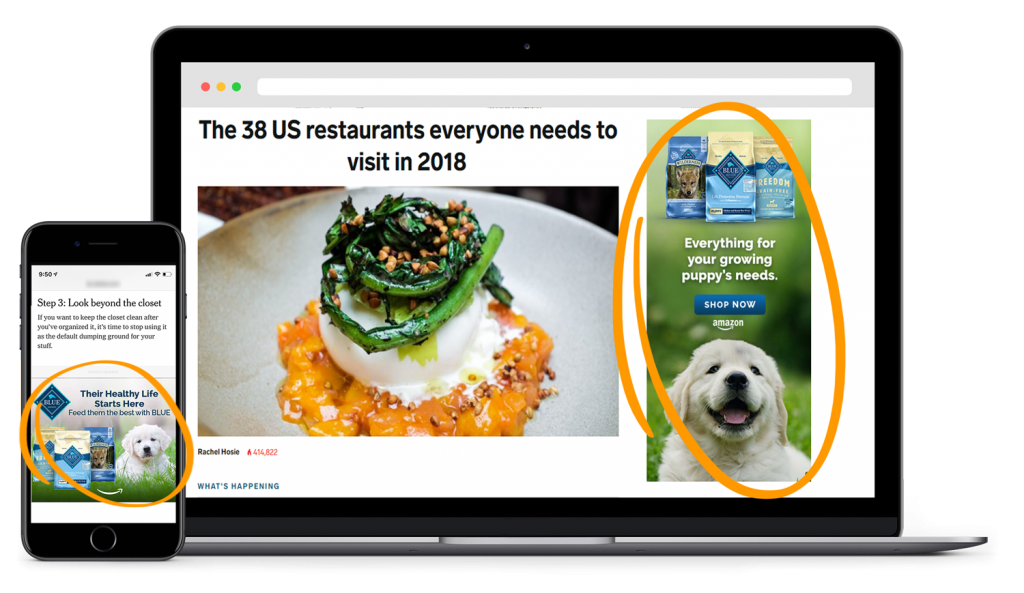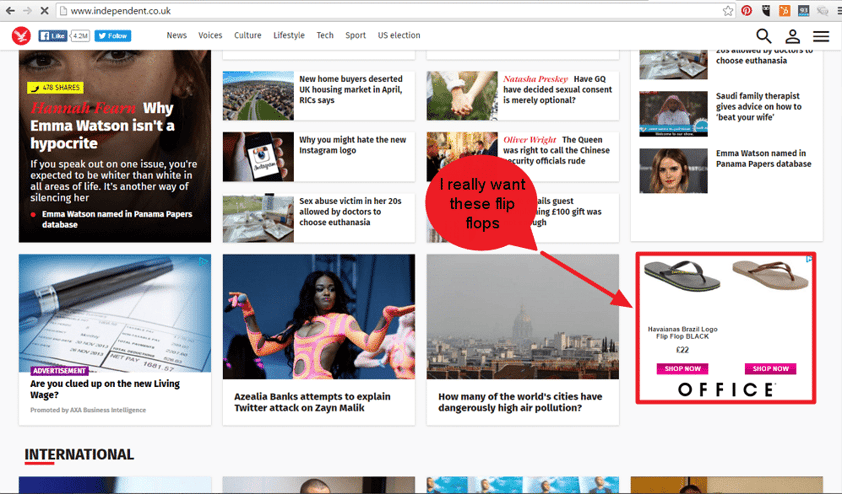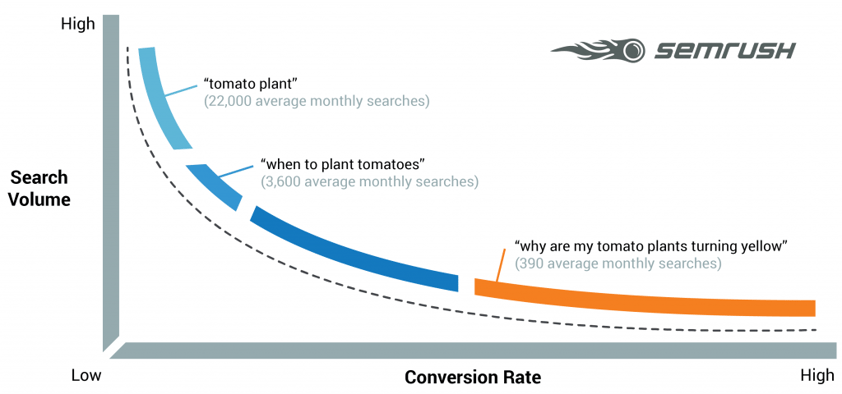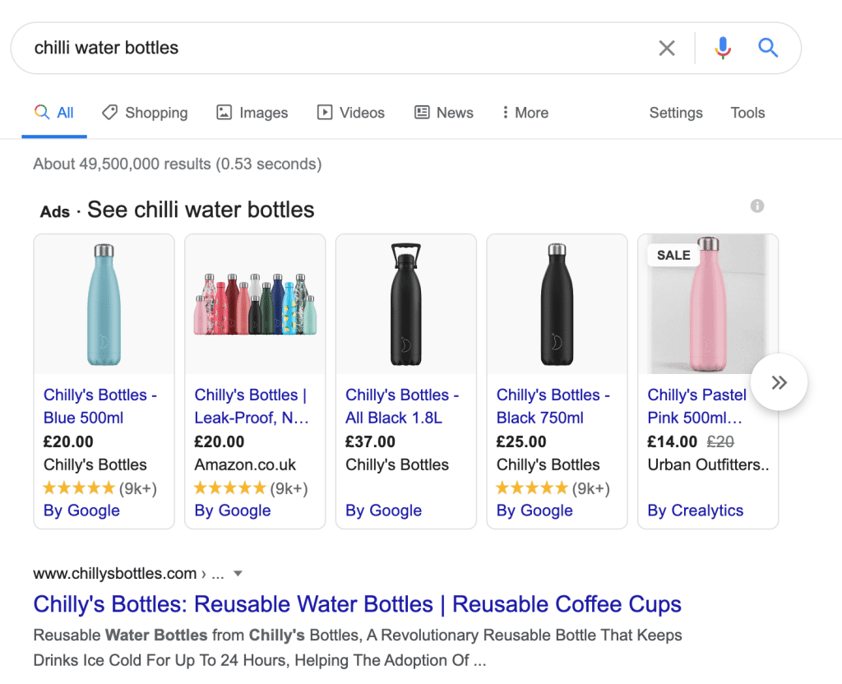When you think of PPC (pay per click), I’ll bet you’re thinking about Google. But PPC covers so many more channels than Google Ads, here are some other popular platforms you can also run campaigns from:
- YouTube Ads
- Facebook Ads
- Linkedin Ads
- Twitters Ads
- Bing Ads
- Bidvertiser
- RevContent
- AdRoll
- BuySellAds
- advertise.com
So why Google when there are so many options out there? Because it’s the most popular search engine, so much so, it’s become a brand verb: “let me Google that”. We even tend to focus around Google’s best practices when looking at SEO. And as a result of this, it delivers an insane amount of traffic, therefore delivering more impressions and clicks than any other.
Search engine advertising is one of the most popular forms of PPC. It allows advertisers to bid for ad placement in a search engine’s sponsored links when someone searches on a keyword that is related to their business offering.
So, what is it and why use it?
Even if you’re relatively new to marketing, you’ll more than likely be aware that PPC campaigns are drivers of web traffic. One of the key things to know is that your campaign is only as good as the website/landing page you’re driving your prospects to. There’s no point in spending time and money on the ad itself if the page is irrelevant and boring.
There are different types of campaigns you can run, each with their own purposes and merits when used correctly:
- YouTube
- Search
- Display
- Social media
- Remarketing
- Google Shopping
Let’s explore what and when to use these:
YouTube
Did you know that YouTube is the 2nd most used search engine (beaten only by Google)? Think about it. It’s heaven for a breadth of activities, from tutorials to wild conspiracy theory rabbit holes that you fall down when you can’t sleep. And the fact it’s owned by Google means videos hosted here are optimised to appear in search.
You can run paid campaigns (pre-roll etc.) through Google Ads too, so it’s definitely worth considering.
Search
These are the ads you’ll see at the top of the search engine. They’re simple text ads, labelled clearly, and look like a standard search result, example here:
These ads are targeted based on keywords (search terms or phrases). It’s the most popular form of PPC due to how effective it is. Not only this but the positioning is favourable as it can bump above the top organically ranked pages for that search.
Display
Display ads are similar to search, but are visual with a little more targeting behind them. Because of this, you can create highly targeted segments, with your ad placed in relevant spaces all over the internet. It’s ideal for increasing brand awareness, as you can utilise visuals as well as text.

Social ads
Take advantage of the wealth of data social media channels collect on their users! You don’t even need a highly active, wildly successful social media presence to run these ads, just a business account. There are many different ad types you can run, with the emphasis being on visuals – so it’s important you get that right. You can read more about social media advertising here.
Remarketing
Ever looked at a pair of shoes, only to find them following you around the internet? That’s what a remarketing campaign is. This type of PPC can be really effective when targeting people who have already shown intent on your website by clicking around but haven’t completed an action. You also have the option to create a series of ads that will change over time, known as sequential remarketing.

Google shopping
As the name suggests, Google will show product links to e-commerce websites that are running ads, like this:
Top 5 best practice tips
Ultimately, the key areas to maximising the success of your campaign will come down to these five factors (as well as proper set up of your ad accounts):
#1 Keywords: make sure you have created a solid list of relevant keywords for your campaigns, tight keyword groups and strong ad text that incorporates them.
#2 Landing page quality: Your landing page should be optimised for your campaign, across devices and contain relevant content with a clear call to action. Make sure it’s targeted to the search query and your audience persona!
#3 Creative: It goes without saying that powerful creative will win over something cobbled together. While you don’t need to be a graphic designer, it is handy to know one.
#4 Quality score: Google grades your ad content and its relevance, based on your CTR and landing page experience. The higher your score, the lower you’ll pay for your clicks (and in theory, you’ll also get more conversions).
#5 Split Ad Groups: create smaller, relevant segments for your ad groups so that you can optimise your ad content and landing pages. This will help improve CTR and in turn, your quality score.
Let’s get back to keywords
It’s fair to say, keywords are the main driver for all PPC campaigns, regardless of the type.
An effective keyword list should be:
Relevant: this is obvious, otherwise you won’t get the conversions you want. If you search for dog food and are served up shoes, you’re wasting your money. Plus it’ll negatively impact your quality score.
Exhaustive: in addition to the most popular keywords, make sure you also cover the more niche ones. Think about long tail keywords too (these tend to be a full query rather than a keyword). These can actually make up the majority of traffic from search, and as they’re less competitive (due to being more specific), they’re often less expensive).

Thorough: A good PPC campaign isn’t set and forget, it’s one that evolves. As you monitor your results, optimise!
Contain negative keywords: reduce waste with negative keywords. These act as a filter so you can remove similar but irrelevant searches.
KPIs for PPC
You can read about these in depth on our blog about setting realistic KPIs for your digital marketing, but in summary, you’ll want to cover:
- Clicks
- Click through rate (CTR)
- Quality score
- Cost per click (CPC)
- Cost per conversion/acquisition (CPA)
- Conversion rate (CVR)
- Average position
Summary
As you’ll see, PPC is so much more than Google ads. And while this blog barely scratches the surface, hopefully it has helped bolster your understanding of what PPC is, best practice tips and the KPIs used to measure the success of your campaigns.
Keep in mind, PPC works best as part of a digital marketing ecosystem. Ideally making sure you are on top of your SEO game and have some kind of regular email marketing (or marketing automation) program in place.
If PPC campaigns are something you’d love to try, but simply don’t have the time or expertise to do it yourself, leave your details below and we will be in touch to help you!

